It's very dark out there
black even
What’s your very first memory? Mine is when Neil Armstrong and Buzz Aldrin landed on the moon.
It was 56 years ago, July 20th 1969—last week was the anniversary, also my dad’s birthday.
I’d just turned four, and I don’t remember Neil’s famous speech or Buzz coming down the ladder, it was filler of some sort between the live feeds. Black and white, fuzzy, boring, but our TV wasn’t usually on and here it had been on for hours, and I was up late with my dad telling me this was a bid deal, so I remember.
Memories are a mystery, but after recalling the moon landing, they ran amok through my head, toppling like a string of dominos back from when I was four up until today.
Follow the breadcrumbs with me, and in the next five minutes I’ll catch you up on all the rockets we’ve launched, some of the best sci-fi books and movies they’ve inspired, a bit of the science we’re still trying to figure out, and the aliens we’re still looking for.
While we’ve learned a lot about what’s going on up in space, more than anything we’ve realized just how little we understand, and how much we’ve yet to learn.
We were on a roll after we hit that first moonshot—the next three years would see 12 astronauts walk on the moon and we even sent a moon buggy up with the last missions for some joy rides. These 12 Apollo astronauts are the only humans ever to set foot on another celestial body:
My imagination ran wild, stoked by the top shelf entertainment that played on our TV inspired by those 12 interplanetary humans. Every episode of Space 1999 and Battlestar Galactica was a seminal event.
Some would say space exploration peaked back then 50 years ago, but no, we just turned our attention elsewhere, taking a closer look at our other neighbors in the solar system.
NASAs Jet Propulsion Lab was in nearby in Pasadena and I visited and got on the mailing list of the spaceship Voyager’s discoveries as it made its way through the solar system. I got 8x10 glossy shots of the volcanoes on Jupiter’s moon Io in the mail:
"Just a few years ago, Voyager—with its famous golden record inviting the aliens to come visit us still intact—became the first man-made object to leave our solar system. We may have been naive thinking we want Aliens finding us.
Meanwhile, astronomers and physicists were taking all this in, and along the way they found Black Holes. What astounding things they are, with event horizons beyond which gravity is so extreme that not even light can escape.
All this hooked me bad; I needed to understand it. So I got myself a set of college level books on astrophysics and tried to figure it out, but I was maybe 12 at the time and it all went over my head. Thankfully there were pretty pictures.
The next 30 years would be all about the Space Shuttle. While I have many memories of the shuttle taking off and landing, the one that sticks in my mind was it’s first piggyback ride on a massive Boeing 747 from Edwards Air Force Base from California’s Mohave dessert back to Florida. My summer school teacher teed that memory up on a rolling TV cart in a sweltering classroom at Hollywood High.
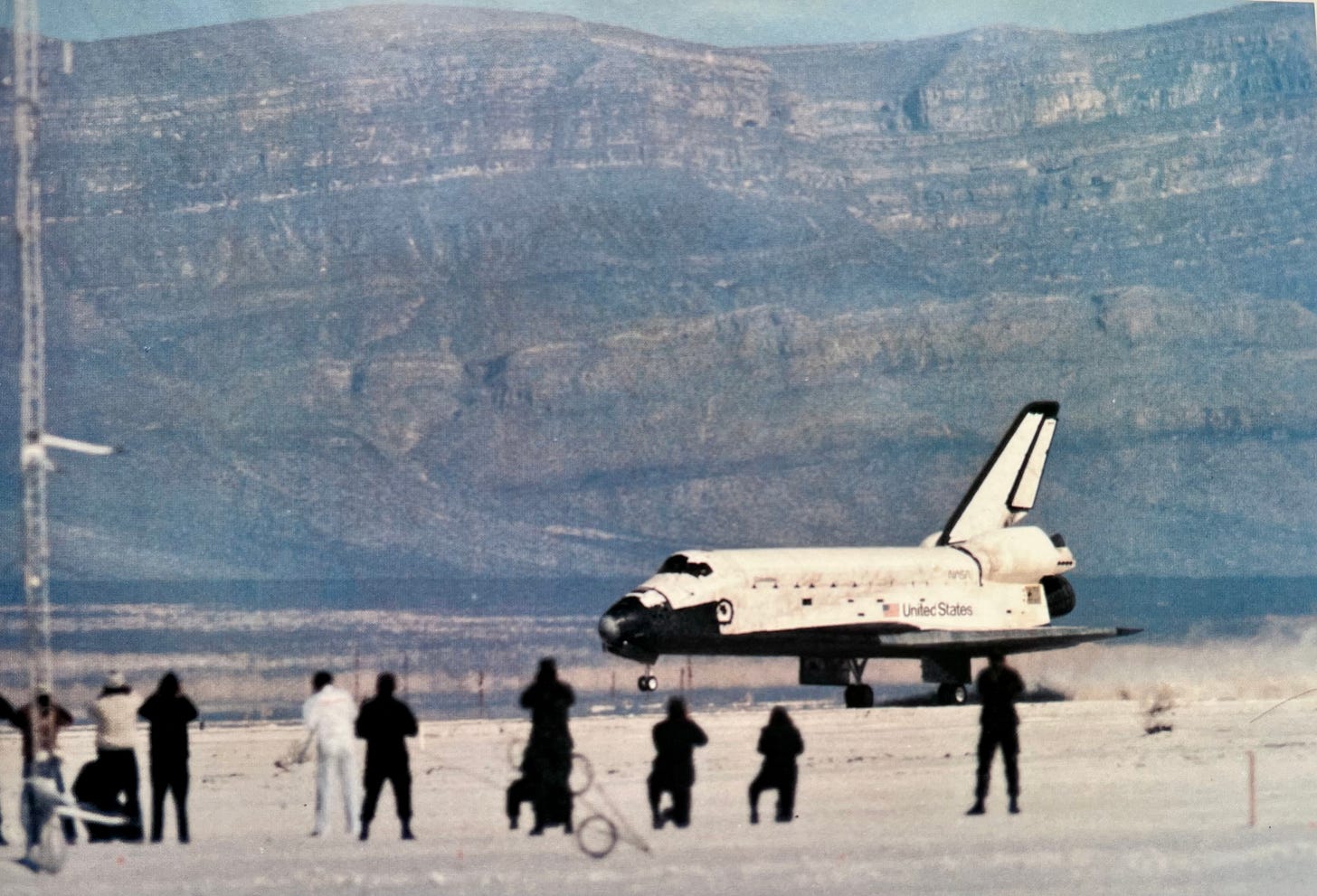
NASA built six space shuttles that flew 135 missions. It was the first spacecraft where re-use was a goal. Discovery alone flew 39 missions. The Space Shuttle had a huge cargo bay and over all those missions, it brought over 800 tons of cargo up into orbit.
The Space Shuttle’s crowning achievement was building the ISS or International Space Station. It also launched and took care of our first major space telescope—the Hubble.
After the Columbia tragedy, the Space Shuttle program limped along until they finished building the ISS and then wound down, ending with Atlantis STS-135 in 2011.
While the ISS taught us how to live in space, the Hubble and subsequent telescopes like the James Webb taught us about the universe.
They also exposed how much we don’t know about the universe. Like 95% of it. To explain how the universe keeps expanding and the shape and characteristics of galaxies, we created two new phenomenon—Dark Energy and Dark Matter. Dark because we cannot see them, cannot observe them and correspondingly don’t understand them, however the math says they account for 95% of the universe.
Cultural takes on Sci-Fi brought on a swarm of Aliens and I drank deeply from that well with the best Hollywood had to offer from Star Wars to ET to Close Encounters and the terrifying Alien. The Aliens were always like us but weirder. Whether oddly cute or strangely terrifying, Hollywood anthropomorphized the sh*t out of their Aliens.
Last year I wrote about the Fermi Paradox or why we can’t find any aliens other than the ones in the movies. One of the first large scale efforts to find Aliens was SETI and like many searches that succeeded it, it’s all based on looking for radio waves, but you know what? Even we don’t use radio waves much anymore, why would an advanced Alien species?
Japan just blew past it’s own record for internet speed transmission (it’s a silly fast number so I wont go there, but you could download every Netflix movie ever in under a minute) and they aren’t using radio towers. It’s a complex mix of fiber optics using multiple wavelengths along with novel techniques to amplify digitize transmission.
So, we’re not looking the right way or the right places or we just don’t have the capabilities yet. Just like we don’t understand 95% of the universe, no offense Hollywood, but Aliens are likely not just humans with extra appendages or blubbery blue noses.
For a different and arguably more sophisticated take on what a Universe that has other intelligent life might look like, try on Remembrance of Earth’s Past by Cixin Liu (AKA The Three-Body trilogy) or Project Hail Mary by Andy Weir. The trailer for Project Hail Mary looks really good and Rocky isn’t anything like a human.
In the post Space Shuttle era, we’ve been all about launching ever more stuff with more efficient and reusable rockets. SpaceX’s Falcon has been the workhorse but there are more and more countries and private enterprises launching rockets, so much so, that last year a rocket left the earth every couple of days.
The Falcon alone has flown over 500 times bringing 4,000 tons of stuff into space; 5X the space shuttle in half the time. We’ve now got over 15,000 satellites orbiting the Earth. Starship, meant to replace Falcon, has over 6X the cargo capacity as Falcon. Future initiatives rest on how much stuff we can get up into orbit.
I’m living in the future whenever I see one of those big boosters land back on earth. I got goosebumps when SpaceX first caught the big Starship booster. I want to drive the ASV out to Texas and see one of those launches.
Yesterday I unexpectedly found myself at Nasa Ames Research Center down in Silicon Valley. You can’t get into the site, so we braved the dingiest leftover temporary building and found it filled with untold NASA merch treasure spanning the last 56 years. I got pretty excited, leaving with T-shirts, postcards, stickers, an Apollo snow globe and a chunky mug with the NASA Meatball logo. I could’ve gotten more, they had Lego!
While we haven’t gotten astronauts to Mars yet, we do have the Perseverance Rover up their taking selfies while rolling across craters. So I also got this ridiculous poster:
Einstein shone a light with his General Theory of Relativity, explaining a lot of what we see in the universe where traditional Newtonian physics falls short. Since then we’ve made a ton of progress, but it’s been awhile since we’ve had such a breakthrough.
So, 56 years in and we’re still at the beginning. I’m crossing my fingers for more Einstein moments and space ships and movies inspired by it all, because memories.


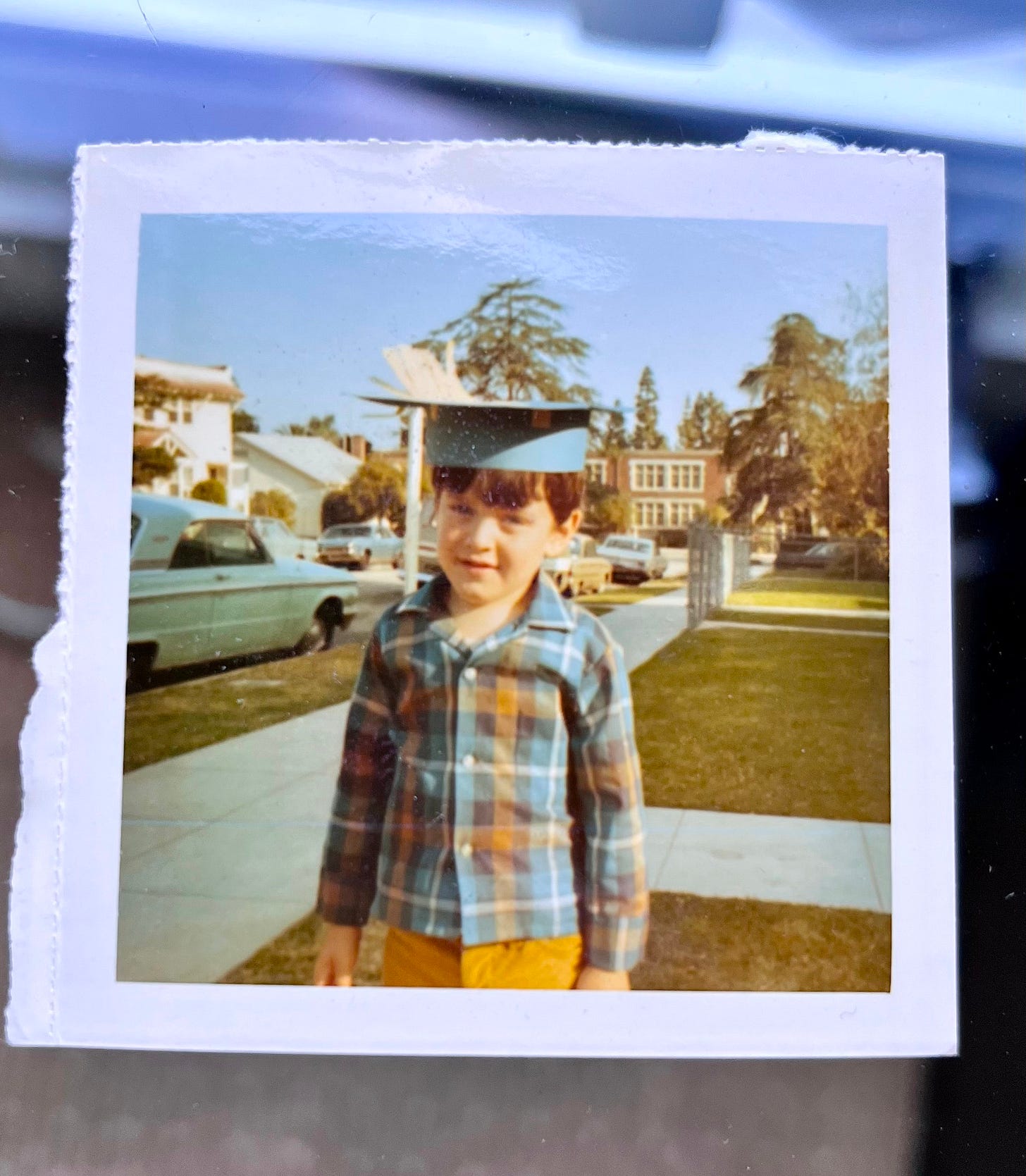
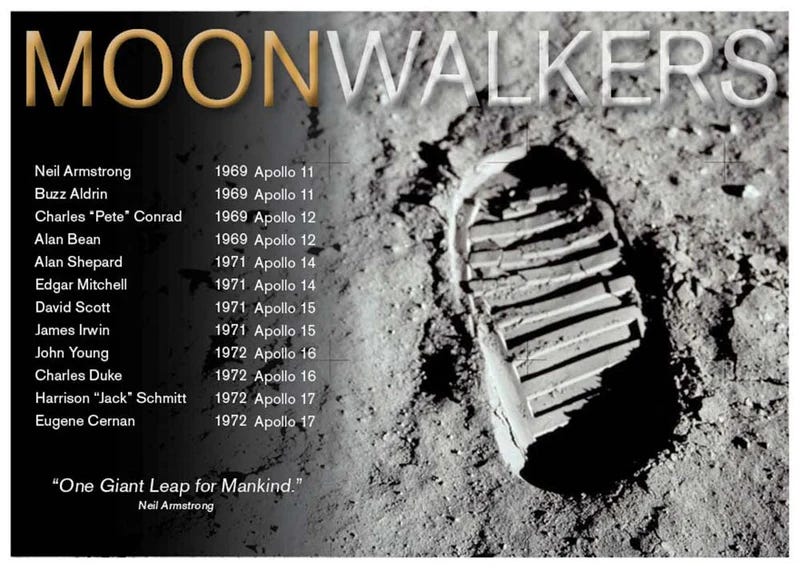
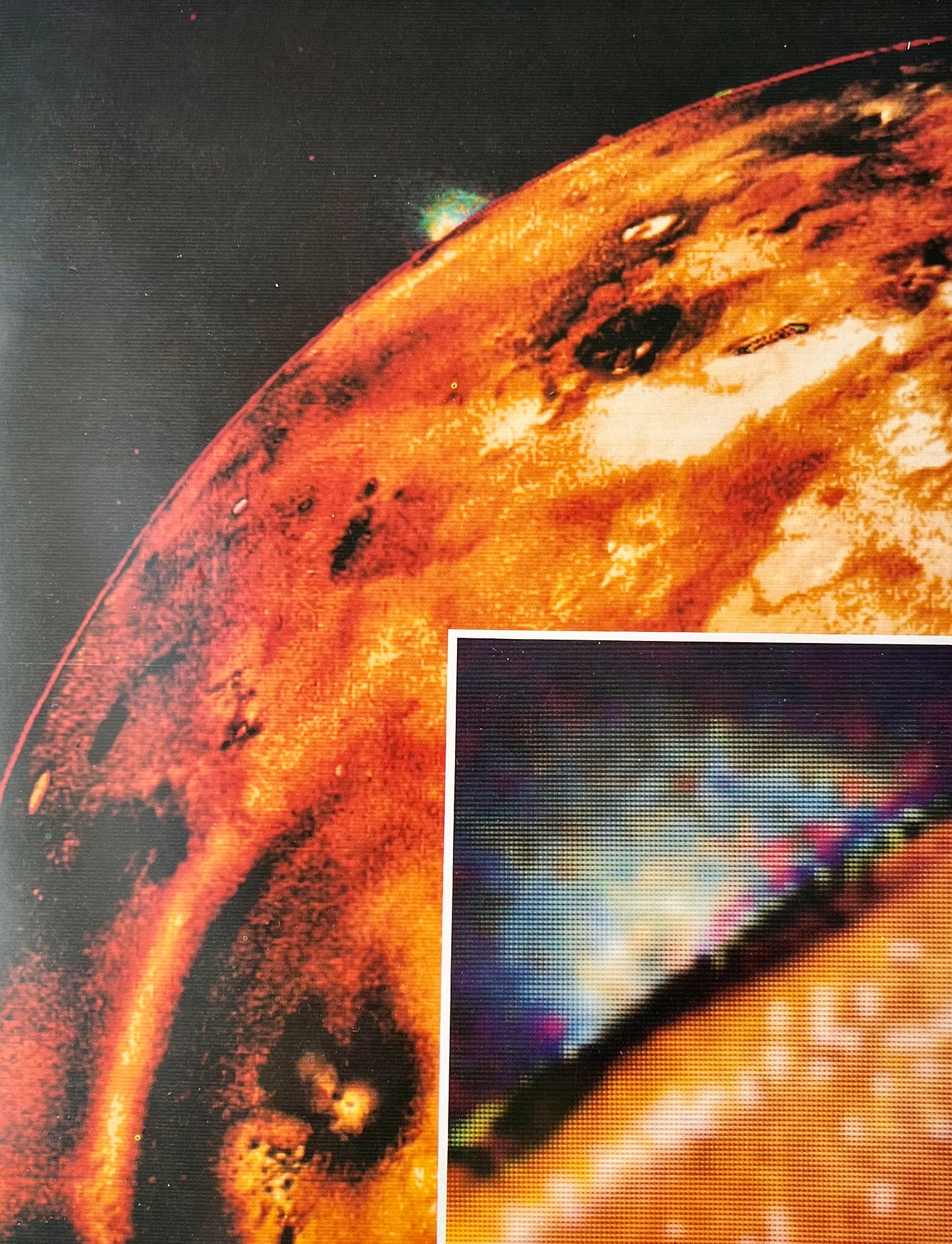
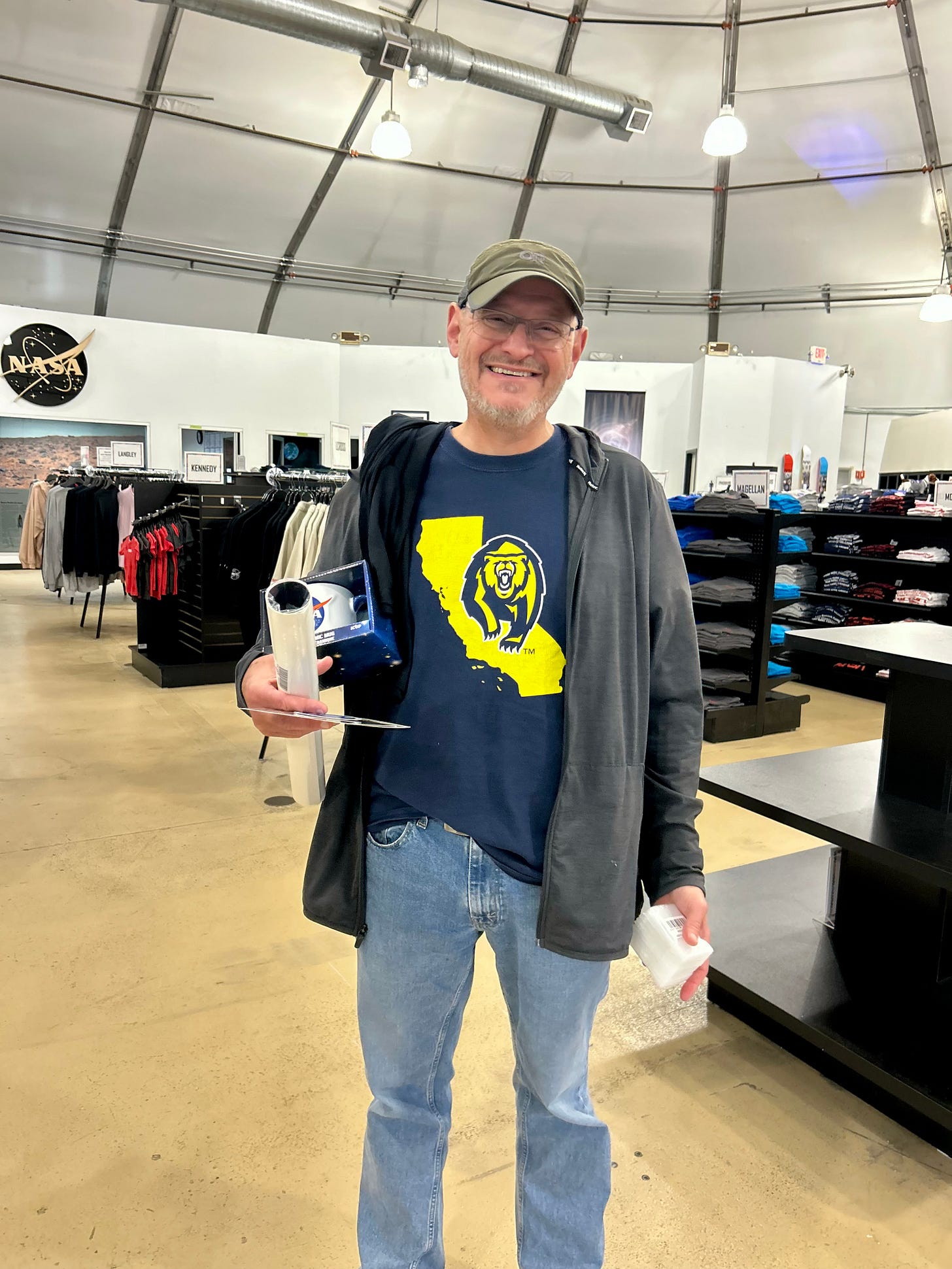
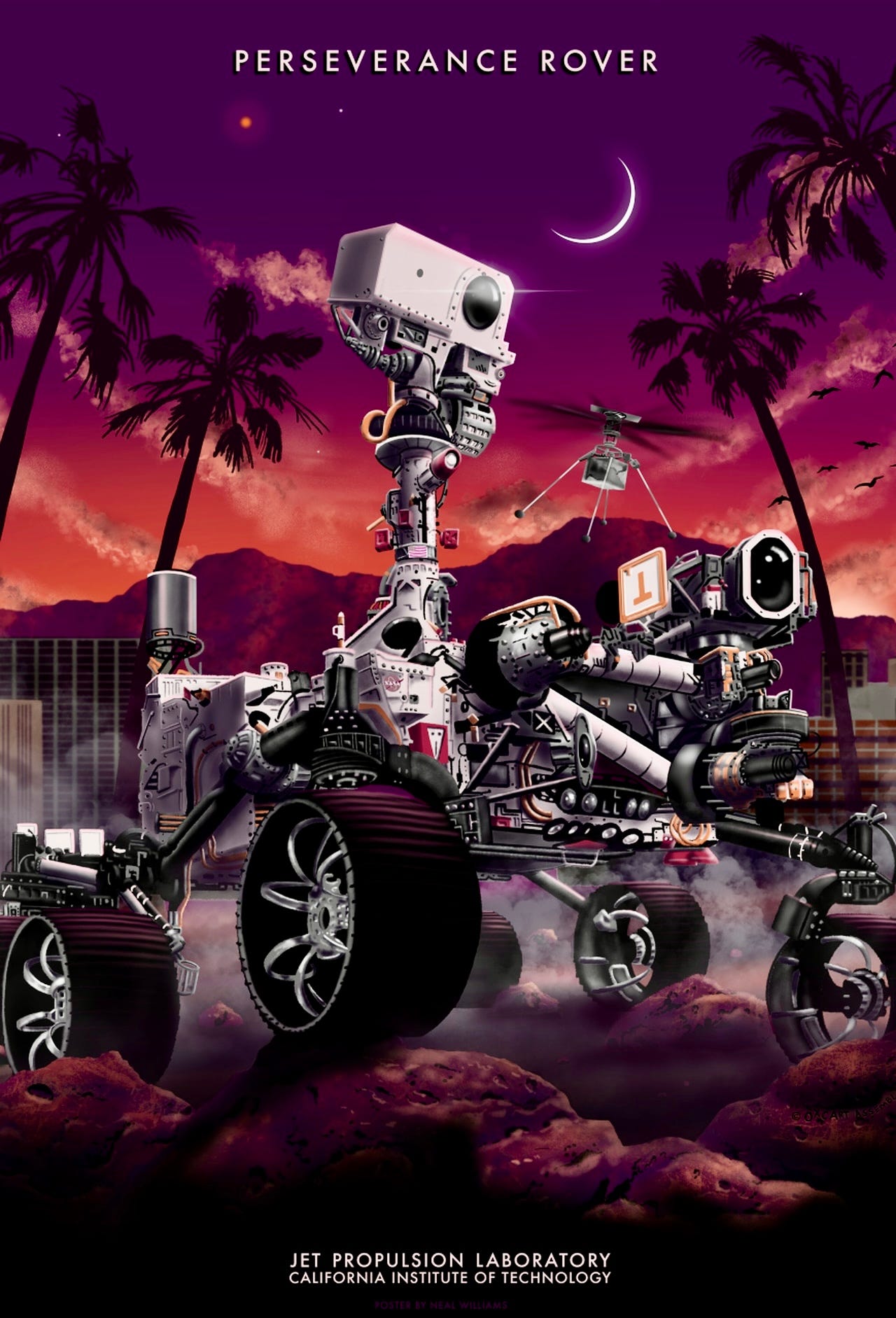
I was 16 and able to observe Neil Armstrong's historic moment for our species. The tension had been building for years, cloaked in Cold War tensions throughout school, a Russian "Evil Empire" long before Reagan called them that. What a time to be alive!
"All about the Space Shuttle" probably describes at least the first 11 years of my life. That Challenger explosion changed a lot for my generation, though. Or rather, my part of this generation - kids who were in school when it blew up.